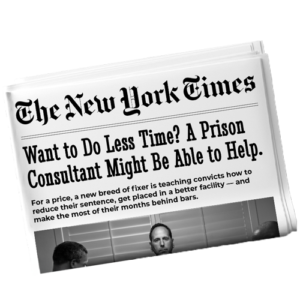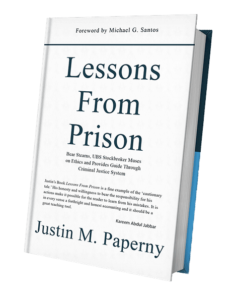Our weekly webinar focused on a series of tips to help people prepare for sentencing and prison. With several community members scheduled for sentencing soon, we covered practical strategies to strengthen their cases, starting with the importance of creating assets before sentencing.
1. Understanding the Sentencing Memorandum: We emphasized the importance of not just understanding what a sentencing memorandum is but also being fully involved in its preparation. Some attendees shared their experiences of working with their attorneys to review memorandums written for other clients to get a sense of how to make their own document more personal and effective.
2. Sentencing Statements: I reminded everyone to keep sentencing statements short and genuine. Judges can easily spot insincerity, and a well-prepared, heartfelt statement has more impact than a lengthy speech. Focus should be on accountability, the harm caused, lessons learned, and a clear message on why this will never happen again.
3. Involvement with Probation Officers: It’s crucial to give probation officers any documents or narratives that provide context, as they may influence the report that goes to the judge. I also explained the importance of following up even if the presentence report has already been submitted.
4. Documenting Cooperation and Service: Those cooperating with the government should carefully track their hours and work done, as people often underestimate how much time they’ve invested. Community service is also a strong point for a sentence reduction or as part of a release plan. Several people in the community have successfully shortened their sentences this way.
5. Preparing for Prison with a Plan: I urged everyone to create a release plan to bring to prison and update as they go. Showing case managers and the judge a thoughtful plan can lead to earlier release or halfway house placement. We discussed how teaching or mentoring in prison strengthens this plan, as one member shared her story of teaching others to document their release plans and earning a year in the halfway house because of it.
6. Creating a Public Record: I reminded everyone about the Prison Professors Talent platform, which we offer for free. By documenting growth and actions while in prison, they can show a judge or probation officer steady progress, making a strong case for early release or better outcomes.
7. Securing Jobs and Managing Restitution: For those still awaiting sentencing, lining up multiple job options for after prison is key. We discussed how this step demonstrates commitment, reduces stress while in prison, and helps manage restitution. I also covered ways to address government liens on family property, urging clients to be proactive and consider getting separate legal representation if necessary.
The session ended with a Q&A, where we addressed specific questions about managing restitution and understanding the impact of probation recommendations. I encouraged everyone to keep building a record that reflects their growth and commitment to never returning to a courtroom.
Justin Paperny




